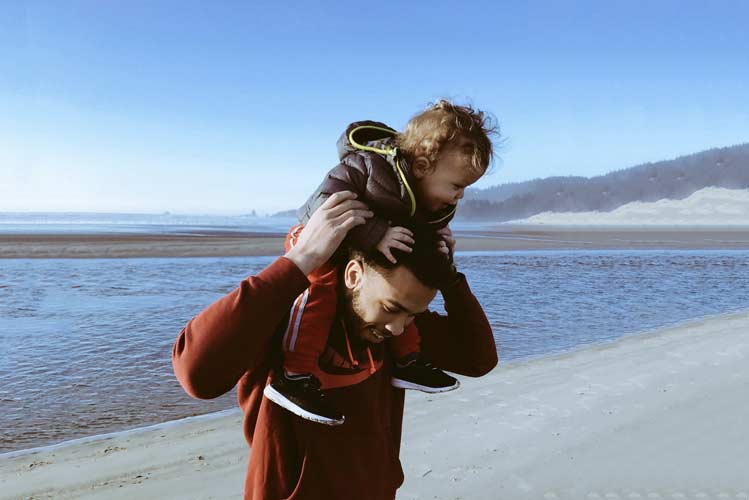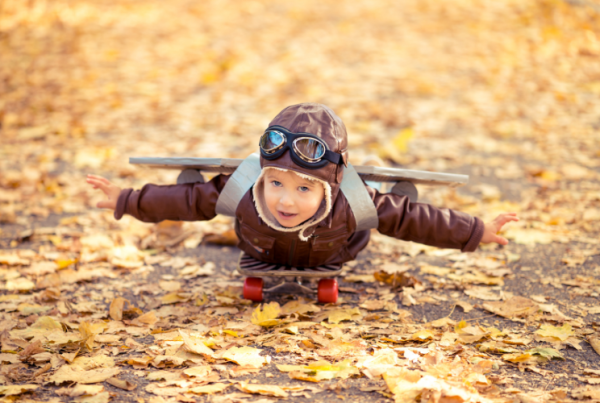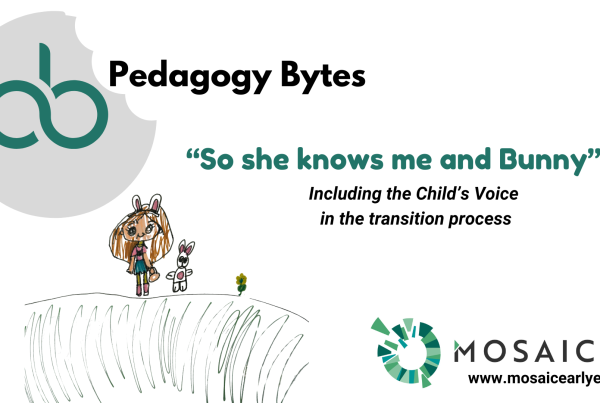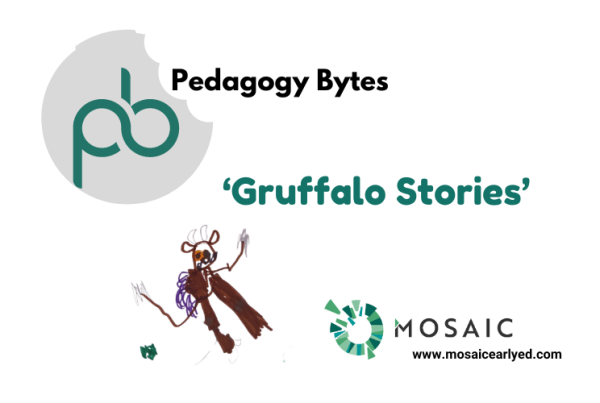Babies learn using all their senses. Their developing brain absorbs information about the world through: Seeing, Hearing, Smelling, and Feeling and Tasting. Fun play without toys will stimulate communication skills and help babies learn the rules of communication. Anything the Educator can do to expand the things you do together to include taste, touch, smell, sound and sight will fascinate and stimulate a baby or toddler.
Swap Toys for People Games!
The best toy for language development doesn’t cost anything. It’s portable, adaptable, and best of all, it’s tons of fun! A child loves to play with it, more than any other toy. That’s because a child’s best toy is…YOU!
When you and a child play together without toys, you become the toy. This happens during social games like peek-a-boo, guessing games, hide and seek, action rhymes and songs, or chase. This type of social play is called ‘people games’ because these games only involve people, not toys.
People games have many advantages when it comes helping children with language development as the child only has to focus on the adult. For some children, having to constantly switch their attention back and forth between an adult and a toy is very difficult, and attention that could be spent learning from the adult ends up being focused on the toy. But during people games, the child only has to focus on you, and this makes it easier to pay attention to the actions, sounds, and words that you use during the game.
Make your own sensory games
It’s really nice to move away from commercially produced toys. They can be very similar in sensory terms, so lots of plastic and primary colours, no variety in the smell, taste and texture. Playing and learning can happen in lots of different ways so you don’t have to always get out standard toys if you would like to play with a baby or toddler.
Babies will often have more fun playing with the wrapping paper and gift box than the toy inside –because they are stimulated by the textures, colours, sounds of these materials.
Just look around for things babies can explore – such as a bowl full of large dried (or cooked) pasta shells and a wooden spoon. A baby will love to push their hands into the bowl of pasta, to stir it, to drop it, mess it up. There will be lots of sensory feelings going on.
Finger paints are another good way to do this. Yoghurt is like natural, edible finger paint that you can let babies and toddlers play within a high chair once they have started solids at around 6 months.
Make your own sensory treasure basket
From about the age when babies can sit up and pick things out of a box you should make up a treasure box. They will enjoy it well into toddler-age and you can change the contents of the box over time and expose him to lots of exciting items.
You can make up a treasure basket very cheaply – for example, a little wicker basket or a cardboard boot box. You can then make up a collection that babies can investigate using their five senses.
A treasure basket becomes a lovely collection of natural things and things from around the home. It is really lovely to have a collection of safe, real things for a baby to investigate and play with that aren’t conventional toys but have all the same learning possibilities. It’s nice for babies and toddlers to have things that they can pick up and hold and taste and experiment with. Children will sit for ages and explore all these different things and take them out and put them back in.
What should I put in a treasure basket?
Common sense needs to prevail here so there should be nothing toxic, dangerous (e.g. sharp) or a choking hazard in the box. You also should never leave a baby or toddler unattended with their treasure box as these are real things, not baby toys and babies learn best if they can share the experience with you. Here are some ideas for a treasure box:
Domestic items: Wooden spoons, Whisk, Metal linked measuring spoons, CD, Keys, Egg cups
Natural items: Seashells, Pine cones, Smooth pebbles (large enough not to be a choking hazard), Driftwood, Small boxes and lids.
Sounds: Double strip of Velcro for them to pull apart, Homemade rattles made from small plastic bottles filled with rice and lentils, Bell, Egg shakers or mini maracas
Smells: Lemon, Orange, Lavender bags in muslin, Large fresh bay leaf or mint leaf
Textures: Different materials; shiny, leather, tweeds, furry etc, Velvet jewellery bag, Knitted sock or glove that they can put their arm in, Loofah or sponge
Other classic sensory items and activities: Pots and pans and wooden spoons, Sitting in the bath with cups, egg cups and a mini watering can, Sandpits and playing with soil, pebbles, mud and puddles in the garden, Getting the opportunity to safely play and stroke animals (without either hurting the other), Playing with running water from a hose or lukewarm water from a tap flowing into a bubbly washing up bowl.




